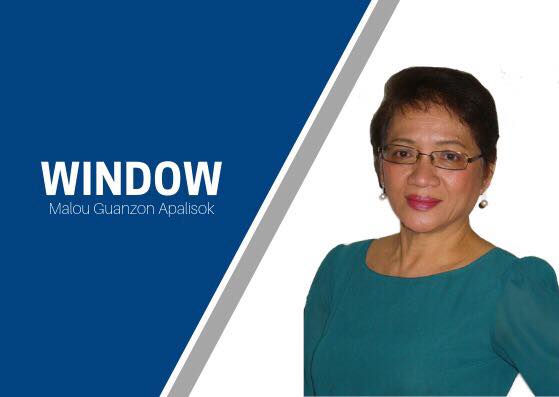
The truism“everybody loves a winner”comes to mind in the intense media attention accorded to the very popular Manila City Mayor Francisco Domagoso better known as Isko Moreno.
After trouncing former Manila City Mayor Alfredo Lim and former President Joseph “Erap” Estrada who also served as mayor of the premier city for two terms (2013 – 2019) in the last elections, Mayor Isko Moreno has become a media darling. He engages the media practically on a daily basis, either by showing up in the studio or by inviting reporters to go with him to the dirty and chaotic streets of Manila. He underlines his media savvy when he agrees to be interviewed while trying to ease traffic, get rid of illegal structures and drive away illegal vendors.
He is an authentic“Batang Maynila,” one who grew up in the slums of Tondo and who knows the innards of the big city. As a young boy, he survived by scavenging and eating food scraps from food outlets called “pagpag batsoy,”or chicken bones which still had some meat left in it.
I have been watching his media interviews and it’s the first time I heard an incumbent chief executive talked about how underworld syndicates have gained foothold in Manila’s commercial districts.
For example, vending in the streets of Divisoria is illegal but if you have “rights” it’s not illegal. The “rights” are being sold for P30K which means that the vendor won’t be harassed if he pays up.
In an interview over ANC, Mayor Isko revealed the sum goes up to the head, or the mayor but nobody dares mention his name during the transaction. Either you pay up or the police will haul you to prison and the rights will be sold to the next person.
There are different criminal syndicates operating in Carriedo, Blumentritt, Recto, Divisoria, etc. who each earns P15 million a month by mulcting vendors of P500 or P750 a day. In other words, Mayor Isko’s revelation that criminal syndicates have offered him P5 million a day in exchange for just looking the other way is believable.
How does he intend to sustain the cleansing of Manila is the big question. The bigger question is, will the underworld just stand by and watch? When Mayor Isko launched the drive that immediately placed him at odds against the underworld, I said he put his one foot in the grave.
It’s a classic battle between good and evil. I pray he will see this to completion, that Filipinos will support him and God protect him.
***
The tragic accident that claimed the lives of seven students and two others in Boljoon town last Friday has revived discussions on a policy that prohibits the use of dump trucks to ferry people especially students from far flung areas to the towns.
It was in 2011 when the Department of Department of Interior and Local Government DILG issued the memorandum after a dump truck carrying some 70 people crashed in Barangay Balao in Barili town. Some 12 people perished and scores were wounded. The dump truck was owned by the town of Barili.
Governor Gwen Garcia who was then at the helm of Capitol slammed the DILG memorandum saying dump trucks are commonly used in mountain barangays because there are no public utility vehicles plying these areas. However, DILG 7 Director Pedro Noval sustained the policy but made exceptions to emergency cases provided that dump trucks are not overloaded with passengers.
The Boljoon tragedy has validated the DILG memorandum and although Governor Garcia is now taking back what she said eight years ago, her move to revisit the policy says it all. She is asking local government units to deploy buses to ferry constituents not dump trucks because they’re unsafe for riders.
Actually this is common during the campaign season when people are herded to attend political gatherings, or on election day itself when it’s time for them to cast their ballots in polling places located in central public schools.
Perhaps it is high time for local governments to acquire school buses or passenger buses because children are periodically required to attend important school events in town centers. Either that, or the Department of Education stops requiring school children in remote barangays from attending such events in town centers.
Why not localize and cluster these programs by conducting them in public schools closest to the mountain barangays so that students will not be forced to travel? This will relieve teachers from too much pressure because they usually bear the brunt of making preparations for field trips like looking for transportation.